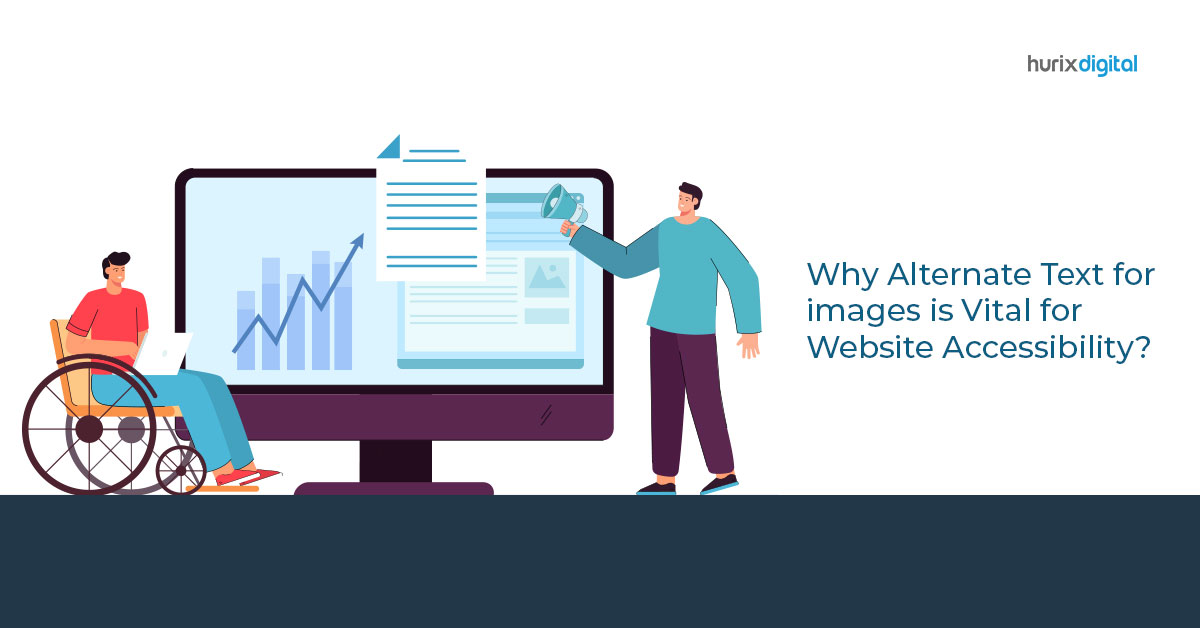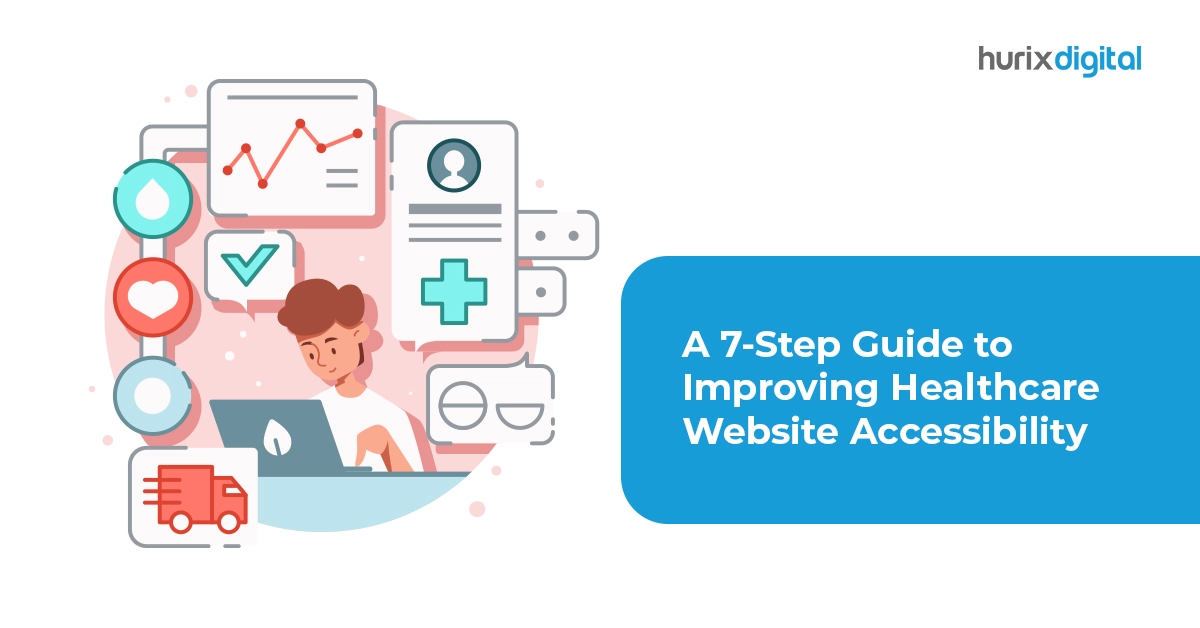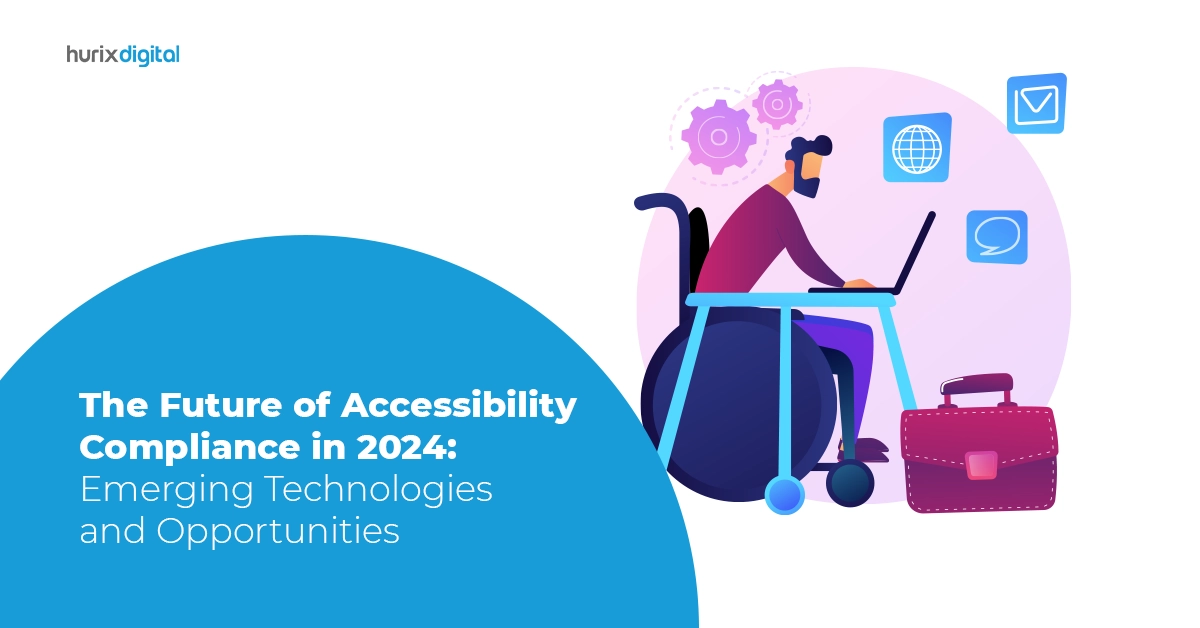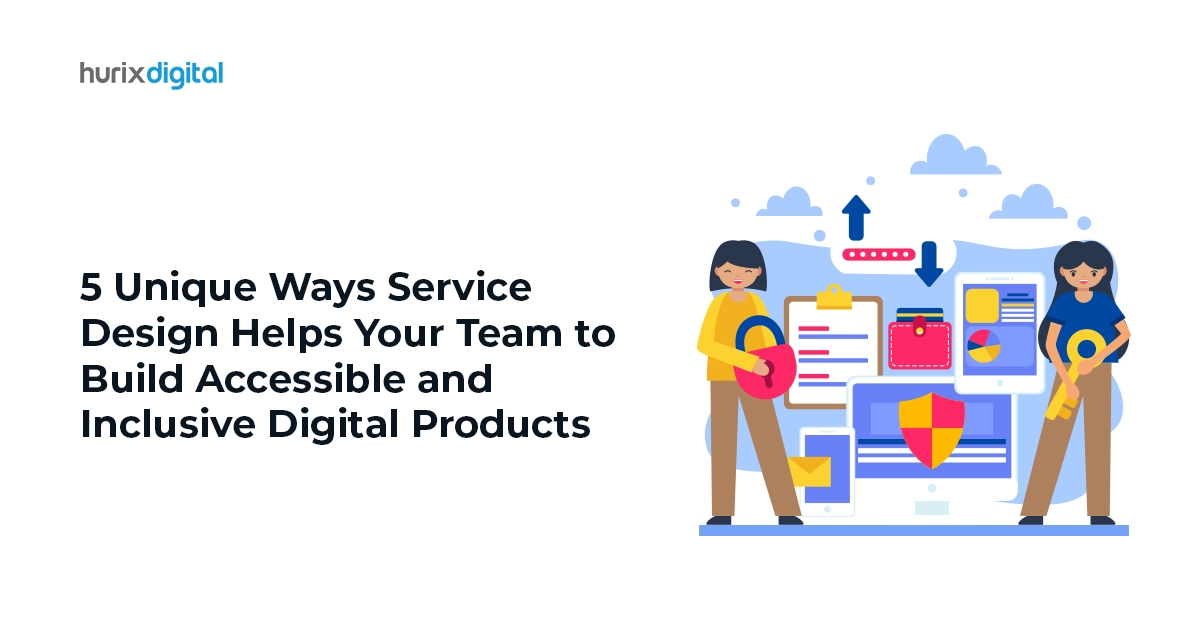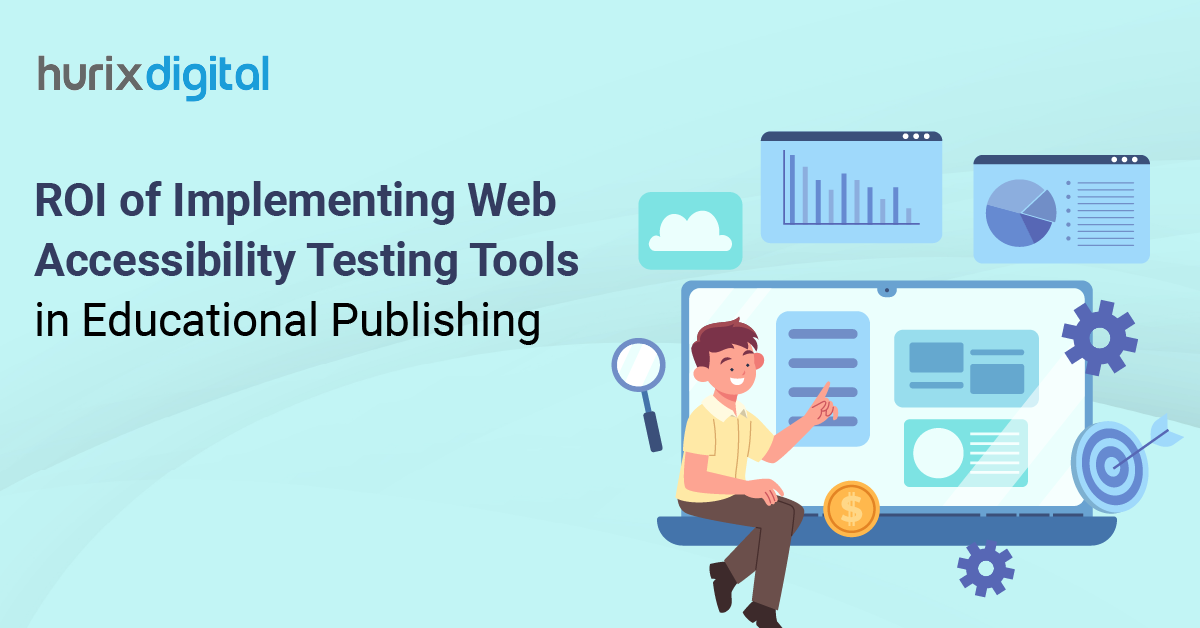
ROI of Implementing Web Accessibility Testing Tools in Educational Publishing
Summary
This blog explores how educational publishers can use web accessibility testing tools to create inclusive materials, offering benefits like increased reach, reduced litigation, and equity.
The challenge to educational publishers in this digital age of accessibility is to make learning materials inclusive for all. With an approximate global population of 1.3 billion people who have some form of disability, as per the World Health Organization, creating accessible educational content is a priority for educational institutions.
By putting the right web accessibility testing tools in the hands of these publishers, the educational publisher fulfills its legal requirement and opens wide the doors of opportunity to learners with various disabilities, thus growing the bottom line.
Table of Contents:
- The Importance of Website Accessibility in Education
- The ROI of Web Accessibility Testing Tools
- Best Accessibility Testing Tools for Educational Publishers
- Best Practices for Selecting Web Accessibility Solutions
- Conclusion
The Importance of Website Accessibility in Education
From digital textbooks to learning management systems, educational resources in the digital age play an important role within both K12 and higher education. Yet, access to these same resources should not discriminate against students based on their abilities. It is here that web accessibility comes into play.
1. The Legal Landscape and Moral Imperative
Modern educational resources are mostly based online. Accessible websites are one of the main ways to enable students with disabilities to learn effectively and be a part of any education process to a large extent. This is not only a moral but also a legal obligation.
It means that educational content has to be equally accessible; this is mandated by documents such as the Americans with Disabilities Act (ADA) and other international regulations. Failure to comply with these regulations can result in expensive fees while also negatively affecting the brand of an educational publisher.
2. Benefits for Students with Disabilities
Accessibility on the web is far more than what many might consider ‘just checking another box’ on some itemized list of regulatory or legislative compliance. It’s a strong promoter of equity in education.
Accessible digital content empowers students with various disabilities to fulfill their potential, which, in turn, can knock down learning barriers. Web accessibility testing tools ensure educational websites are usable by everyone, including students with:
- Visual impairments
- Hearing impairments
- Learning disabilities
- Cognitive disabilities
- Motor impairments
By identifying and addressing accessibility issues, educational publishers can create inclusive learning environments that cater to the diverse needs of their student population.
3. Enhancing User Experience for All
Accessibility benefits everyone, not just students with disabilities. Accessible websites are easier for all users to navigate and understand, leading to a more positive user experience for everyone.
Also Read: Emerging Technologies in Accessible Publishing — What Editors Need to Know?
The ROI of Web Accessibility Testing Tools
Implementing web accessibility tools in educational publishing can significantly increase your return on investment (ROI). These tools offer numerous benefits:
1. Increased Market Reach and Brand Reputation
By making your educational resources accessible, you reach a wider student audience. This translates to increased brand awareness, positive PR, and a reputation for inclusivity.
2. Improved SEO and User Engagement
Accessible websites are search engine friendly, leading to higher search rankings and increased organic traffic.
Improved user experience also fosters greater user engagement and reduces bounce rates.
3. Reduced Legal Risks and Litigation Costs
Proactive efforts toward accessibility compliance minimize the risk of legal challenges and associated litigation costs. This helps you to focus your resources on what matters most – creating high-quality educational content.
4. Cost Savings and Streamlined Workflow
Early identification of accessibility issues through testing tools saves time and resources compared to fixing them later in the development process.
5. A More Inclusive and Equitable Learning Environment
By prioritizing accessibility, you create a more inclusive learning environment where all students, regardless of ability, have equal opportunities to access and benefit from educational resources.
Best Accessibility Testing Tools for Educational Publishers
Accessibility on the web, often shortened to just a11y, is the practice of increasing the usability of websites and therefore making digital content broadly accessible to all. The best accessibility solutions focus on presentation errors and highlight fixes for potential barriers that could limit users’ access to information and interaction with online resources.
Accessibility tools based on AI are going to revolutionize the way testing is performed. These tools utilize artificial intelligence for testing and detecting issues related to accessibility—much more effectively and with increased precision—than was heretofore possible.
There are many a11y testing tools suitable for different needs and budgets. The following is a breakdown of some popular options:
1. Free and Open-Source Tools
- WAVE Web Accessibility Evaluation Tool: A free browser extension that provides a quick and easy analysis of web page accessibility.
- Color Contrast Checker: WebAIM’s free tool helps you check color contrast ratios for optimal readability.
- Headings Checker: Ensures proper heading hierarchy, critical for users who rely on screen readers.
2. Paid Accessibility Testing Tools
- Siteimprove Accessibility: A comprehensive platform that scans websites for a wide range of accessibility issues and provides detailed reports.
- Deque Axe: An automated testing tool that identifies potential accessibility violations according to WCAG guidelines.
- A11Y Project: Offers a suite of accessibility testing tools and resources tailored for developers and designers.
3. AI-Powered Accessibility Tools
- Equatio: Utilizes AI to identify and remediate accessibility issues across various content formats.
- AccessiBe: An AI-powered overlay solution that automatically fixes many common accessibility barriers.
Best Practices for Selecting Web Accessibility Solutions
Selecting the right web accessibility solution is crucial for ensuring inclusive digital experiences. With a wide variety of options available, making an informed decision can be challenging. This section outlines key factors to consider and best practices for selecting a solution that aligns with your organization’s specific needs and goals.
When choosing accessibility testing tools for educational publishing, consider:
- Your Budget: Free and open-source tools can be a good starting point, while paid solutions offer more advanced capabilities.
- The Scope of Your Needs: Consider the complexity of your websites and the number of resources you need to test.
- Integration with your Workflow: Choose tools that seamlessly integrate with your existing development and content management systems.
- Ongoing Accessibility Support: Look for solutions that offer ongoing support and guidance from accessibility experts.
Also Read: Overcoming Common Roadblocks to Implementing Accessibility in the Publishing Industry
Conclusion
Web accessibility testing tools help create an equal playground among all learners. This work toward inclusivity realizes a high ROI in terms of satisfaction, brand value, and, in the end, a fair learning environment for all.
Ready to start on the path to accessible, inclusive publishing of educational content? Hurix Digital offers comprehensive eLearning solutions and accessibility consultations so you can ensure an inclusive approach to educational publishing. Get in touch with us today!

Associate VP of Technology, leads the design and development of innovative and accessible web solutions for publishing and eLearning clients. With over 20 years of experience in the ITES industry and a strong background in project management, automation, quality assurance, and offshore collaboration.
